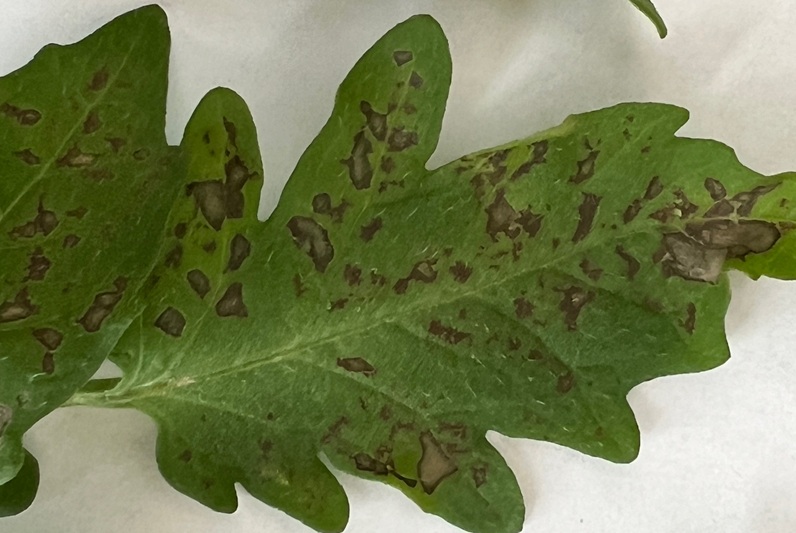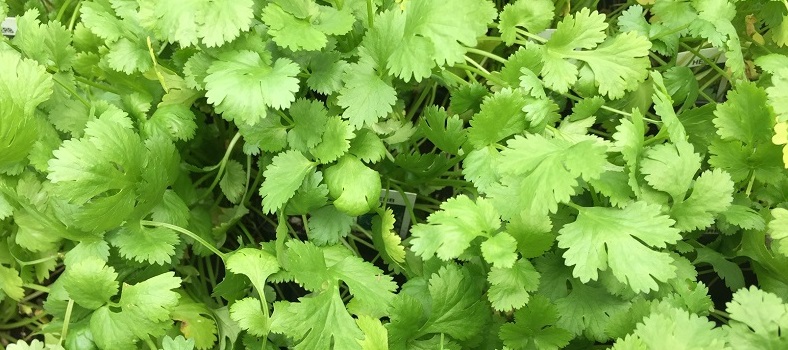I have heard many gardeners lament that their lettuce seed will not germinate. Perhaps looking at what lettuce seed requires in order to germinate will help those who have had difficulty with germination in the past.
Soil Requirements
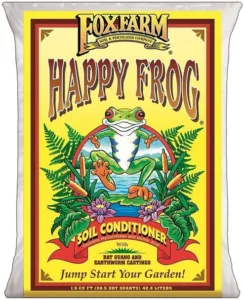 Lettuce grows best in a soil amended with well-decomposed compost, such as our Heirloom Leaf Mold Compost, or Happy Frog Soil Conditioner. Because it is a leafy crop, lettuce responds to relatively high levels of fertility. Add 2 teaspoons of Happy Frog Marine Cuisine or Happy Frog Tomato and Vegetable Fertilizer per square foot of planting area, incorporating it into the top few inches of soil before planting.
Lettuce grows best in a soil amended with well-decomposed compost, such as our Heirloom Leaf Mold Compost, or Happy Frog Soil Conditioner. Because it is a leafy crop, lettuce responds to relatively high levels of fertility. Add 2 teaspoons of Happy Frog Marine Cuisine or Happy Frog Tomato and Vegetable Fertilizer per square foot of planting area, incorporating it into the top few inches of soil before planting.
Lettuce plants have a relatively shallow root system, and require a “damp” but not “wet” soil. Planting in raised beds with a well-drained soil is preferred for this leafy vegetable. This can be accomplished by using a shovel to form ridges and furrows, with the center of the ridges about 36” apart. The lower areas (furrows) will facilitate watering and provide good drainage.
Can Lettuce be Grown in Containers?
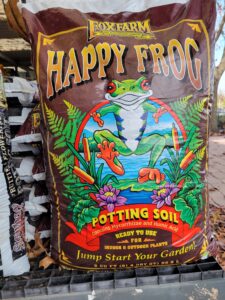
Lettuce may also be grown successfully in containers. Use a quality potting soil such as Happy Frog potting soil. Follow the same instructions for growing in a garden or raised bed.
Succession planting is commonly used to space out the harvest intervals. Sow seeds in separate beds or containers two to three weeks apart in the winter.
Your soil should be moist enough at planting time to initiate germination and emergence of the lettuce seed. Because lettuce seeds are so tiny, the soil should be well-pulverized and free of clods or rocks. You can prepare your planting area by watering it several days before the anticipated planting day, especially if it is on the dry side.
How to Plant the Seed
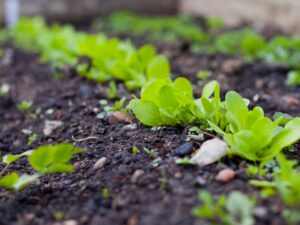
The general rule to planting lettuce seed is to use plenty of seed. Sow the seed at about 10-15 seeds per foot of row and cover them ¼”-1/2” deep with soil or compost. You may also “broadcast plant”, scattering the seed evenly over the planting bed. Lightly rake the surface to cover the seed. Always rake down the row and not across the row, or you will have seedlings emerging on the edge of the bed!
Water and Temperature Requirements
For the first few days following planting, light applications of water with a sprinkler will help prevent the top of the soil from crusting, or drying out. Lettuce seed will germinate in temperatures ranging from freezing to over 85 degrees. The optimum temperature is 75 degrees, at which emergence will occur in 3-4 days. Late summer or early fall planting with soil temps above 78 degrees will stimulate the flowering mechanism of lettuce and result in premature seed formation. Keep soil moist and apply a layer of organic mulch to shade seedbed from intense Texas sun. Gently remove the covering as seedlings emerge.
Thinning and Fertilizing
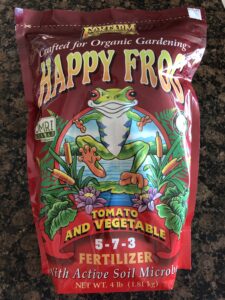 Within a few days you should have a good stand of lettuce-so good that they will probably need thinning. The first thinning should take place about 7-10 days after seedlings have emerged. Leave twice as many seedlings as you want, then thin again in 2-3 weeks. Final spacing should be 4” for leaf lettuce and 8” for butterhead and romaine lettuce. A side dressing of Happy Frog Tomato and Vegetable Fertilizer or Happy Frog Marine Cuisine should be made at this time.
Within a few days you should have a good stand of lettuce-so good that they will probably need thinning. The first thinning should take place about 7-10 days after seedlings have emerged. Leave twice as many seedlings as you want, then thin again in 2-3 weeks. Final spacing should be 4” for leaf lettuce and 8” for butterhead and romaine lettuce. A side dressing of Happy Frog Tomato and Vegetable Fertilizer or Happy Frog Marine Cuisine should be made at this time.
Lettuce has a shallow root system, and this makes maintaining soil moisture very important. Apply water before the top inch of soil has been allowed to dry out. Do not allow the plants to wilt severely, or they may never recover. After thinning and fertilizing, a light application of mulch or organic matter will help conserve moisture and keep down weeds.
By understanding the lettuce plant’s needs, we can be more successful in producing a viable crop of leafy greens. With a small amount of effort, you will be enjoying your lettuce throughout the cool months!



